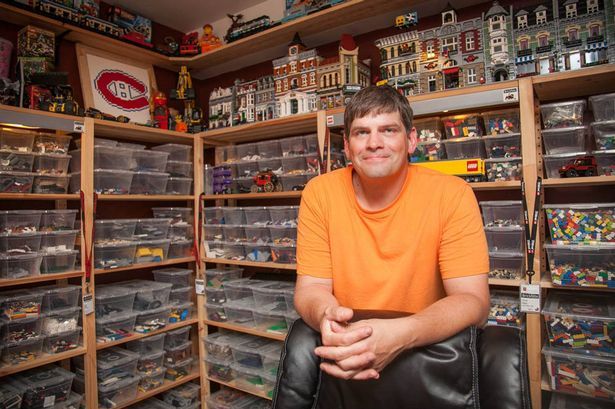Who Hoards?
Research suggests that women are more likely to suffer from HD than men, but the gendered element of the disorder is still largely inconclusive, especially since its first and most famous case featured the Collyer brothers. What is clear is that males and females consume in different ways, which Belk observes in regard to collecting: “…There also seems to be a gender difference with women being much more likely than men to be diagnosed as compulsive buyers and clutterers… In the past, and still to a degree, prominent collectors were more likely to be male than female… The opposite tends to be true of those seeking help for clutter problems… The gender imbalance in the past may be due to relative economic empowerment, but these patterns also reflect gender stereotypes that men work and create whereas men shop… There are also male motifs of hunting and bringing back trophies to be found in collecting.”

Herring’s interpretation of the Beales’ Grey Gardens hoard is that it reveals hoarding’s “intimate ties to the aged. Indeed, the reporter’s reference to squalor and the elderly is now a commonplace depiction of hoarders shared by US popular cultures and scientific literatures alike.” The idea of the hoarder is “unproductive, fat, disheveled, antisocial, gendered, and emphatically old: this gerontophobic sketch of the aging hoarder-recluse has become as notorious as Edith Euring, and the two are sometimes mentioned in the same breath… Descriptions of her and her kind thus direct us to the fourth and last piece of the hoarder’s cultural makeup—not just socially disorganized, or abnormally acquisitive, or addicted to clutter, but troubled in old age.”
This idea is included in the official DSM-V definition of HD, which finds that “hoarding symptoms appear to be almost three times more prevalent in older adults (ages 55-94 years) compared with younger adults (ages 34-44 years).” In terms of the clinical discourse, Herring observes a striking alignment between hoarding and modern studies of aging. Discussing the development of the discipline of gerontology over the twentieth century, he comments that “The modern invention of late life, we surmise, was simultaneously the modern invention of the aged as an unkempt psychic aberration and a communal drag.” Further, the development of modern gerontology may have inadvertently contributed to increased hoarding behaviours among the elderly: “As much as some mid-century gerontologists prescribed finger puppets to combat senility, later practitioners of the discipline promoted the acquisition of objects such as keepsakes, heirlooms, well-organized records, and treasured possessions. Like arts and crafts, sufficient accrual of those items- family tree and genealogy records, photograph albums, scrapbooks, diaries, journals, old letters, keepsakes, mementos, and souvenirs- testified to a successful aging that anchored the elder in material social relations before his last stage of life as well as during it.” Like collecting, then, the process of gathering one’s prized possessions close at the end of life presents an opportunity to reach a critical mass of acquisition which can become hoarding under certain conditions.
Mildred O. Hogstal, a consultant to a psychiatric hospital, published a guide for nurses who work with the elderly regarding hoarding behaviours. In it, she recognizes that “Many nurses view hoarding as negative and assume that the older person is, at the least, a bit strange or, at the worst, psychotic. Hoarding can be a sign of psychopathology. But it can also be a sign of loneliness, worry, or fear.” Her experiences with patients allows her to have a more complex understanding of factors of lived experience and historical context which can play a role in a person’s hoarding, which reinforces Herring’s argument that HD is not entirely pathological. She writes: “The most obvious reason for hoarding is a need for security. Anyone over age 60 remembers the Great Depression and World War II, and may be wary of history repeating itself. In particular, people who emigrated from Europe after World War II have been observed to hoard food and other items. And some older people hoard because it helps them to believe that there will be a future for them and their accumulated belongings.”


